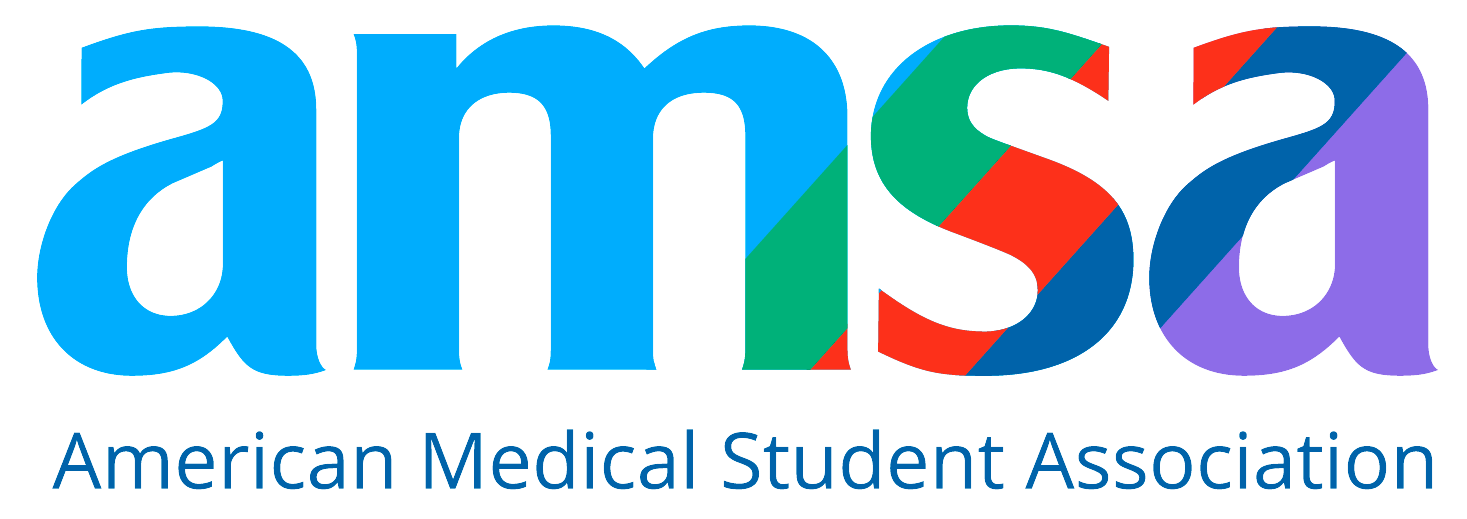New England Medical Schools 2025 Guide: Programs, Admissions Tips, and Strategy
Go-Elective Abroad
New England Medical Schools 2025 Guide: Programs, Admissions Tips, and Strategy
Why New England belongs on your shortlist
New England compresses world-class academics, dense clinical ecosystems, and historic teaching hospitals into a small, well connected region. From Boston’s academic centers to community sites across Rhode Island, Connecticut, Vermont, New Hampshire, and Maine, you can build a medical education that blends research, primary care, and service.
Looking for a premed internship or medical elective abroad? Inquire here.
The New England landscape at a glance
You will find a mix of private and public MD programs and one DO pathway in the region. Each school has a distinct culture, curriculum, and network of clinical sites. The right choice depends on mission fit, preferred learning style, and budget.
What to compare across schools
-
Mission and values.
Read the mission carefully and note how it aligns with your experiences in service, leadership, or research. -
Curriculum structure.
Look for organ system blocks vs integrated models, timing of patient contact, required scholarly projects, and opportunities for global or community health. -
Clinical sites.
Map where core clerkships occur. New England offers tertiary centers, VA hospitals, safety net clinics, and rural rotations. -
Cost of attendance.
Compare tuition, fees, insurance, and living costs in Boston, Providence, New Haven, Burlington, Hanover, Farmington, and Biddeford. -
Support and outcomes.
Consider advising culture, wellness resources, research mentorship, and residency results.
New England program snapshots
Use these prompts to research each target school on its official site and in MSAR or AACOMAS program pages.
- Urban academic hubs.
Boston and Providence programs often emphasize discovery, subspecialty depth, and service through student run clinics. - State flagships.
Public options in Massachusetts, Vermont, and Connecticut can offer in state value and strong regional networks. - Selective research institutions.
Expect significant scholarly opportunity and early exposure to investigators and specialty services. - DO pathway.
Osteopathic training in Maine adds OMM and whole person care while plugging into a wide affiliate network across New England.
Application strategy that works in New England
I. Build credible clinical exposure
Quality beats quantity. Seek roles with direct patient interaction such as hospital volunteering, scribing, hospice, community clinics, EMS, or crisis response. Keep reflection notes so you can translate experiences into strong secondaries and interviews.
II. Demonstrate service and cultural readiness
Admissions teams value sustained commitment to underserved communities. Longitudinal work in free clinics, shelters, mobile health, or public health outreach signals reliability and empathy.
III. Plan testing and timing
Give yourself buffer for the MCAT. Submit AMCAS early, prewrite regional secondaries, and aim for a one to two week turnaround. Request letters well in advance and keep your activities current.
IV. Tell a cohesive story
Use your personal statement to explain why medicine and why now. Use secondary essays to show school specific fit. Tie every claim to an experience and a result.
V. Budget with total cost of attendance
Do not compare only tuition. Add fees, health insurance, and local housing. Identify scholarships, need based grants, research stipends, and service awards that fit your profile.
Add a global clinical edge with Go Elective
Structured, mentored experience in resource limited hospitals builds communication, adaptability, and cultural competence that New England programs value. These stories strengthen your essays and interviews while preparing you for diverse patient care.
- Pre meds and pre health: Pre Health and Pre Med Internships
- Medical students planning elective time: Medical Electives and Residency Electives
Sample 90 day prep plan before you apply
-
Weeks 1 to 4.
Finalize MCAT date, gather transcripts, draft activities list, request letters, and outline your personal statement. -
Weeks 5 to 8.
Sit for the MCAT or complete final full lengths, finish the personal statement, build a financial plan, and map target schools by mission fit. -
Weeks 9 to 12.
Submit AMCAS early, prewrite secondaries for New England schools, maintain clinical and service roles, and practice school specific interview scenarios.
FAQs
#1. How many medical schools are in New England
The region includes multiple MD programs across Massachusetts, Rhode Island, Connecticut, Vermont, and New Hampshire, plus a DO program in Maine. Always verify the current list and details on each school’s official website.
#2. Do New England programs prefer residents
Public schools often prioritize in state applicants, but strong nonresident candidates are admitted each year. Private programs evaluate national and international applicants holistically.
#3. How can I stand out in a competitive region
Pair academic readiness with reflective clinical experience, sustained service, and clear mission alignment. Show concrete outcomes from your work, not just hours.
Next steps
- Strengthen your clinical exposure and global perspective
Apply for upcoming cohorts in Kenya or Tanzania. - Need help choosing a placement or timing it around your MCAT and application cycle
Inquire here
Go-Elective does not provide admissions advising. Always verify prerequisites, deadlines, tuition, and fees on each medical school’s official site and in AMCAS or AACOMAS.
Article Details
Categories
Recent Articles , Pre-health, Medical Electives, Med Schools,
Author: Go-Elective Abroad
Date Published: Sep 13, 2025
Travel with us.
Inquire Today!
Go Elective offers immersive opportunities for medical students, pre-med undergraduates, residents, nursing practitioners, and PAs to gain guided invaluable experience in busy hospitals abroad. Discover the power of study, travel, and impact.






